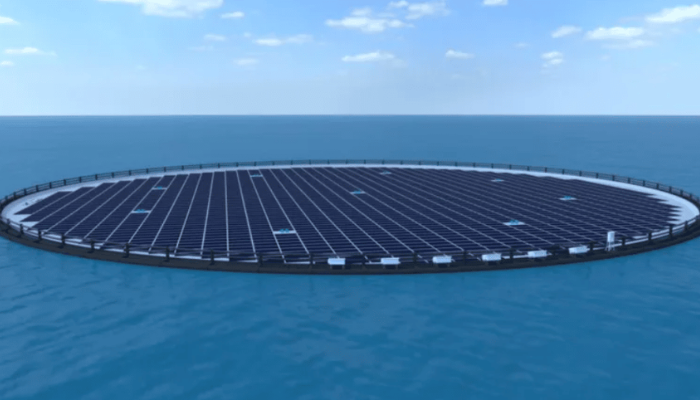Manila-based SunAsia Energy Inc. and Singapore-based Blueleaf Energy have partnered together to invest ~$1.7 billion in the development of 1.3 gigawatt-peak floating solar projects in the Philppines. The two firms have been awarded solar energy operating contracts from the Department of Energy (DOE), Philippines.
The firms will be building rge-scale floating solar projects with a combined capacity of 610.5 MW for construction. With this, the Department of Energy (DoE) has issued the first set of Solar Energy Operating Contracts (SEOCs) for a total of 1.3 GW in floating solar projects.
Speaking on the contract turnover ceremonies, Energy Secretary Raphael Lotilla stressed on his promise to strengthen the renewable energy sector and declared department’s full support and commitment to the commercialization of floating solar facilities as an emerging technology.
Raghuram Natarajan, CEO of Blueleaf Energy, said, “As an active investor in sustainable infrastructure in the Asia Pacific region, we believe the Philippines holds great potential to add significant renewable energy capacity to its energy mix and at the same time delivering green energy at an affordable cost compared to fossil fuels.”
Commenting on the the recent announcement of the removal of foreign ownership restrictions, Natarajan said, “It is an important step in attracting the much-needed foreign direct investments in Philippine Renewable Energy (RE) sector to accelerate the energy transition for meeting the country’s decarbonization and net zero targets.”
“This will not only contribute to the country’s RE goals but also spark green job growth locally during construction and the long-term operations of these floating solar projects, enable local supply chains through the manufacturing of critical components and bring about notable benefits to the local community,” Natarajan added.
However, Tetchi Capellan, President and CEO of SunAsia Energy, pointed out that land use is becoming a big issue for renewables and said, “People are worrying about competing uses of land, and in some markets, you might struggle to find land,” Capellan said. “There is a strong incentive to build on water as the Philippines gears up for an ambitious 46 GW solar energy installations in 2040 and at the same time, increase power supply in the country.”
SunAsia Energy informed that since 2019, it has been operating a test-bed on Laguna Lake to study the behavior of waves, the movement of wind, the intensity of the sun, as well as the variability of the temperature in the locality. It further informed that land-based systems, floating solar panels generate electricity from the sun’s rays. “But the bodies of water that these farms rest on also help to cool the panels, allowing them to be more efficient than terrestrial solar, according to the Environmental and Energy Study Institute,” said Capellan.
Blueleaf Energy said in its statement, “Solar-on-water will definitely boost clean power as the world races to cut carbon emissions. Massive solar farms can now be found atop bodies of water in South Korea, Japan, China, Thailand, Singapore, and Portugal.”
“Developing solar-on-water projects, in the country’s largest lake, will help achieve not only the government’s ambitious decarbonisation target but also much-needed power to run industries, light homes, and energize cities,” statement noted.
In September 2022, Blueleaf Energy has signed a Letter of Intent (LOI) during President Ferdinand Marcos Jr.’s state visit to Singapore, where it made a commitment to invest significantly in sustainable infrastructure in the Philippines.

